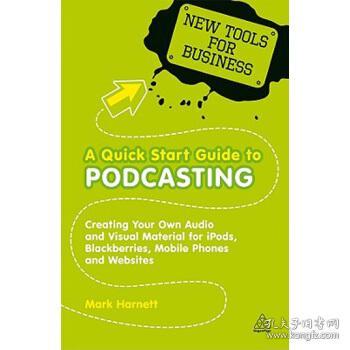Understanding the Podcast Landscape

Before diving into the world of podcasting, it’s essential to understand the current landscape. Podcasts have become a significant part of the audio entertainment industry, with millions of listeners tuning in every day. According to a report by the Infinite Dial, 51% of the U.S. population has listened to a podcast in the past month, and the number is only expected to grow.
Choosing Your Podcast Topic

Selecting a topic for your podcast is crucial. It should be something you are passionate about and knowledgeable in. Consider your target audience and what they might be interested in. Here are a few tips for choosing a topic:
- Choose something you are passionate about.
- Research the market to see if there is demand for your topic.
- Make sure your topic is unique and not too broad.
Creating Your Podcast Format

Your podcast format will determine how you structure your episodes. Here are a few popular formats:
- Interview-Based: You can interview guests, such as experts, authors, or fellow podcasters.
- Monologue-Based: You can talk about a specific topic or share your thoughts and experiences.
- Storytelling-Based: You can tell stories or share personal anecdotes related to your topic.
Setting Up Your Podcast Equipment
Investing in good equipment is essential for producing high-quality podcasts. Here’s a list of equipment you might need:
- Microphone: A good quality microphone is crucial for clear audio. Consider options like the Blue Yeti or Audio-Technica ATR2100x.
- Headphones: Use headphones to monitor the audio quality and ensure there are no background noises.
- Pop Filter: A pop filter helps reduce the popping sound when you speak.
- Audio Interface: An audio interface allows you to connect your microphone to your computer.
- Editing Software: Use editing software like Audacity or Adobe Audition to edit your podcast episodes.
Recording Your Podcast
Once you have your equipment, it’s time to start recording. Here are a few tips for recording your podcast:
- Choose a quiet and well-lit room to record in.
- Position your microphone correctly and speak clearly.
- Record multiple takes to ensure you have enough material to work with.
Editing Your Podcast
Editing is a crucial step in the podcasting process. Here’s a basic outline of the editing process:
- Import your audio files into your editing software.
- Remove any unwanted sounds, such as coughs or background noise.
- Adjust the volume levels to ensure consistency.
- Add music or sound effects if desired.
- Export your final audio file.
Choosing a Podcast Host and Distribution Platform
Selecting a podcast host and distribution platform is essential for making your podcast accessible to listeners. Here are a few popular podcast hosts and distribution platforms:
| Podcast Host | Description |
|---|---|
| Libsyn | Libsyn is a popular podcast host that offers a variety of plans and features, including detailed analytics and monetization options. |
| Podbean | Podbean is a user-friendly podcast host that offers free and paid plans, with a focus on simplicity and ease of use. |
| Anchor | Anchor is a free podcast host that offers a simple and straightforward platform, with built-in editing tools and analytics. |
Marketing Your Podcast
Marketing your podcast is essential for attracting and retaining listeners. Here are a few tips for marketing your podcast:
- Utilize social media platforms like Twitter, Instagram, and Facebook to promote your podcast.
- Engage with your audience by responding to comments and messages.
- Collaborate with



